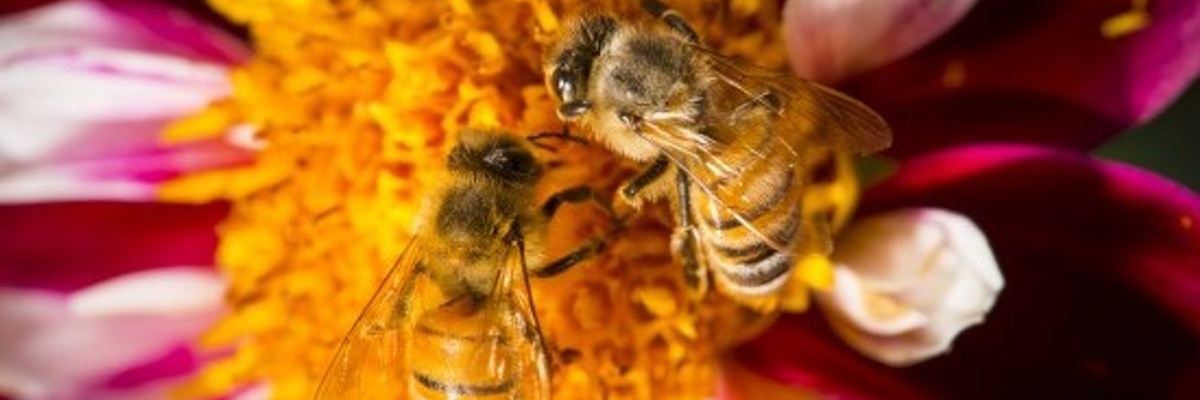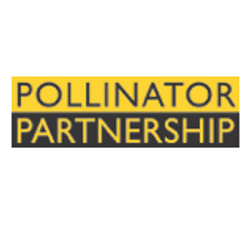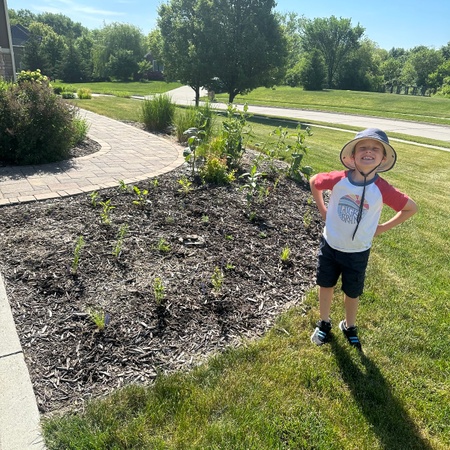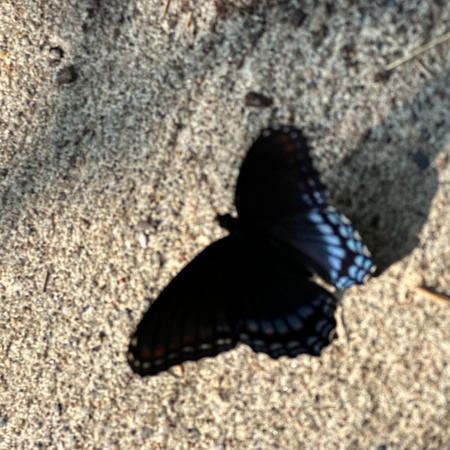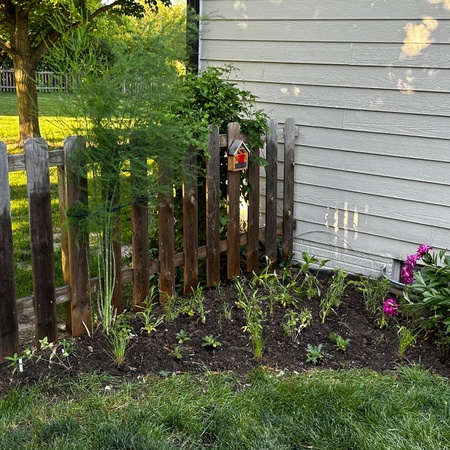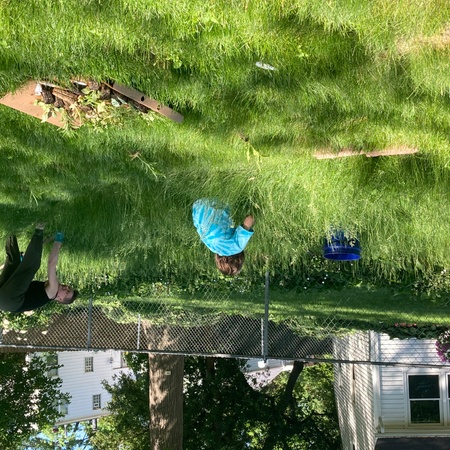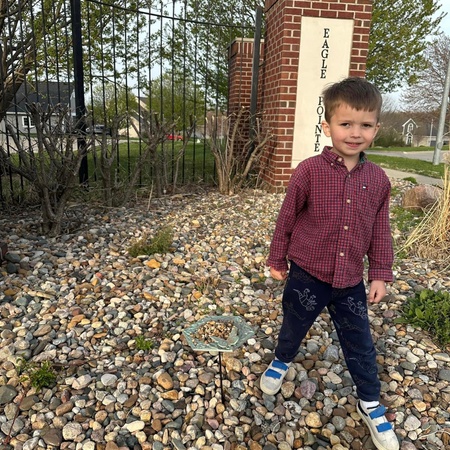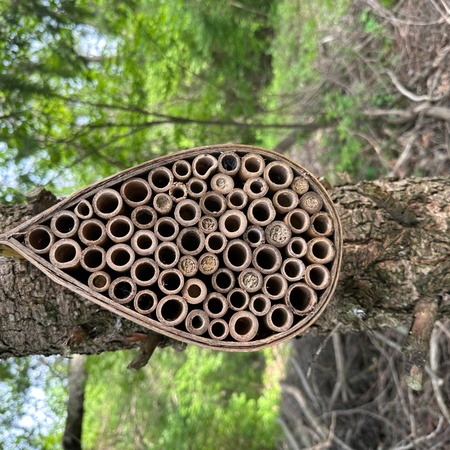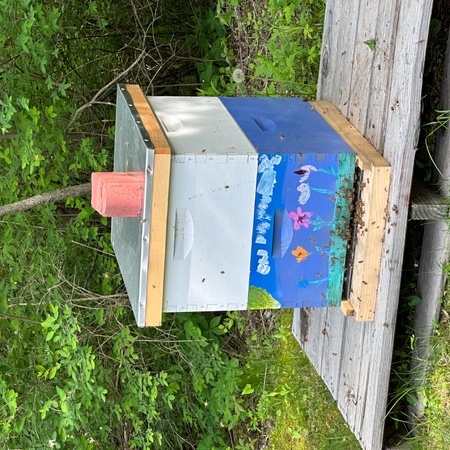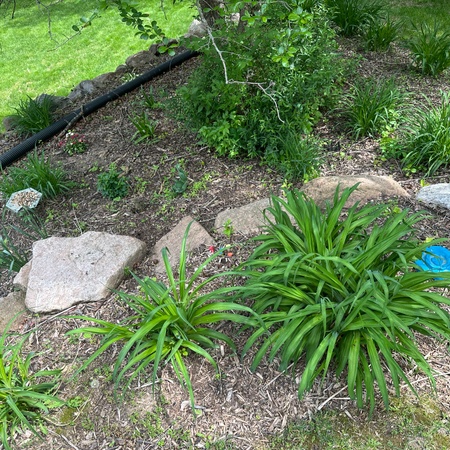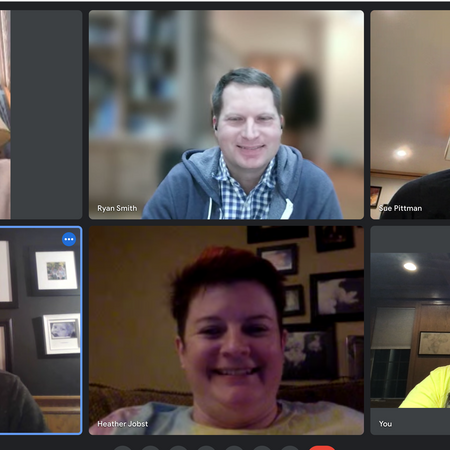Action plan:
Timeline:
Our team has started planning now to plant native Iowan plants in May. We would make purchases prior to that. We also intend on purchasing at local school plant sales so we can ensure the grant money goes back into the community. We hope to gather neighborhood children and families over to help paint my second bee hive, a butterfly house, and planters that we will use in our yards. After planting, I am going to invite the neighborhood to help with our honey harvest in early August as a thank you for their collaboration on this project. Finally, we wish to use funds to complete a monarch butterfly release in the fall of 2023, which is the best time to tag and release monarchs. This would be a great use of the second round of funds.
Budget:
Pollinators need three things for a welcoming environment – food, shelter, and water. I have two bee hives in my yard, so I am providing shelter for bees. We are going to use some funds to purchase butterfly houses. Additionally, we are going to purchase watering stations for the pollinators. Finally, we are going to buy native Iowa plants that are deer and rabbit resistant and are loved by pollinators. I have asked other beekeepers in the area and they suggested we buy plugs to get the best use of our funds. Finally, in the fall we would like to do a monarch butterfly release with the kids in our neighborhood. The following is a breakdown of that budget:
Food - $1,200
-Milkweed seeds
-Native plant plugs
-Planters and Potting soil
Shelter - $200 for butterfly houses
Water – Watering stations, $200
Monarch butterfly release - $200
Impact:
We are using this project as a way to educate our neighborhood children on what pollinators are, and how we can create and keep a welcoming environment for them. To do this, we will involve them in the process of planning, planting, and harvesting honey in the neighborhood. This education will culminate in fall 2023 by tagging and releasing monarch butterflies.
Our goal is to install two butterfly houses, four watering stations, and plant 75 native pollinator plants. Additionally, we hope to spread the knowledge that bees are safe.
Location:
We will primarily be using our own backyards for these pollinator environments. However, our neighborhood also has welcome corners that we will be placing watering stations at. There are limitations to what can be planted or painted there, so we will keep it simple with the addition of the watering stations.

